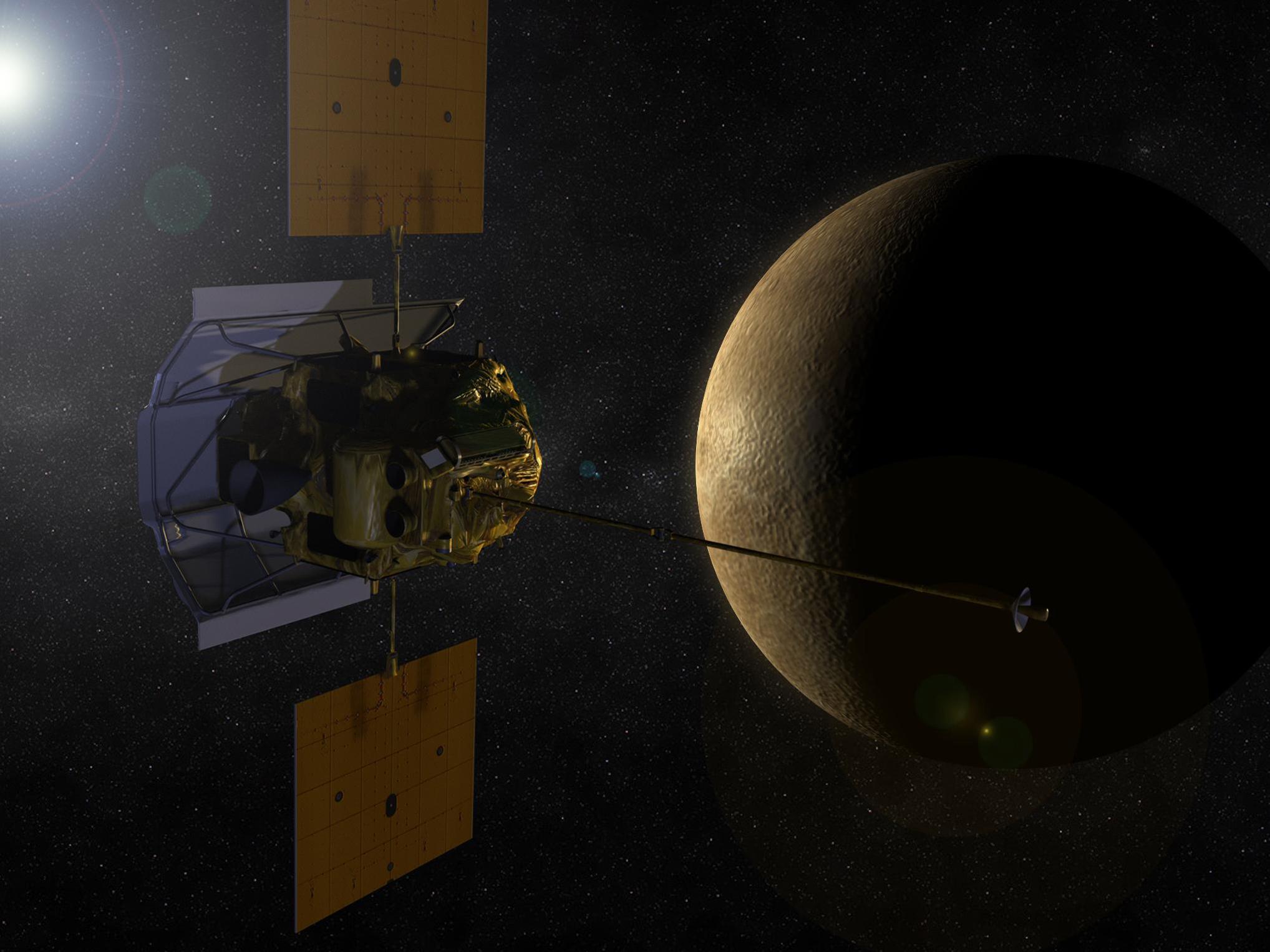Simulations of the formation of the solar system have been largely successful. They are able to replicate the positions of all the major planets along with their orbital parameters. But current simulations have an extreme amount of difficulty getting the masses of the four terrestrial planets right, especially Mercury. A new study suggests that we need to pay more attention to the giant planets in order to understand the evolution of the smaller ones.

Of all the rocky inner planets of the solar system, Mercury is the strangest. Not only does it have the lowest mass, but compared to its size it has the biggest core. This presents a major challenge for planet formation simulations, because it’s difficult to build such a large core without growing a proportionally larger planet along with it.
A team of astronomers recently investigated several possibilities to explain Mercury’s strange properties by performing simulations of the formation of the solar system. In the earliest days of the solar system, instead of a neat series of planets we instead had a protoplanetary disk made of gas and dust. Embedded in that disk were dozens of planetesimals which would eventually collide and merge and grow to become planets.

Astronomers believe that the inner edge of the protoplanetary disc was probably relatively lacking in material. Also in that young system the giant planets did not appear in their present day orbits. Instead they migrated from where they initially formed to their current positions. As those giant planets moved they destabilized the inner disk, potentially removing even more material.
Putting these ideas together, the astronomers were able to build a formation history of Mercury. Originally the inner protoplanetary disk contained a lot of planetesimals, but as the giant planets moved and migrated they pulled away a lot of the planet-building material with them. The remaining planetesimals collided together in a series of frequent collisions, which resulted in a lot of heavy metals being dumped into the innermost planet, creating the large core of Mercury.
While the models were able to capture the core size of Mercury, the simulations still couldn’t get the overall mass of the planet right. The simulations generally produced a Mercury that was two to four times more massive than it really is.
It remains an open question as to how Mercury came to be. The astronomers suspect we need to pay more careful consideration to the chemical properties of the protoplanetary disk, especially focusing on how dust grains can stick together and survive the intense radiation environment at Mercury’s orbit.
Source: universetoday.com





